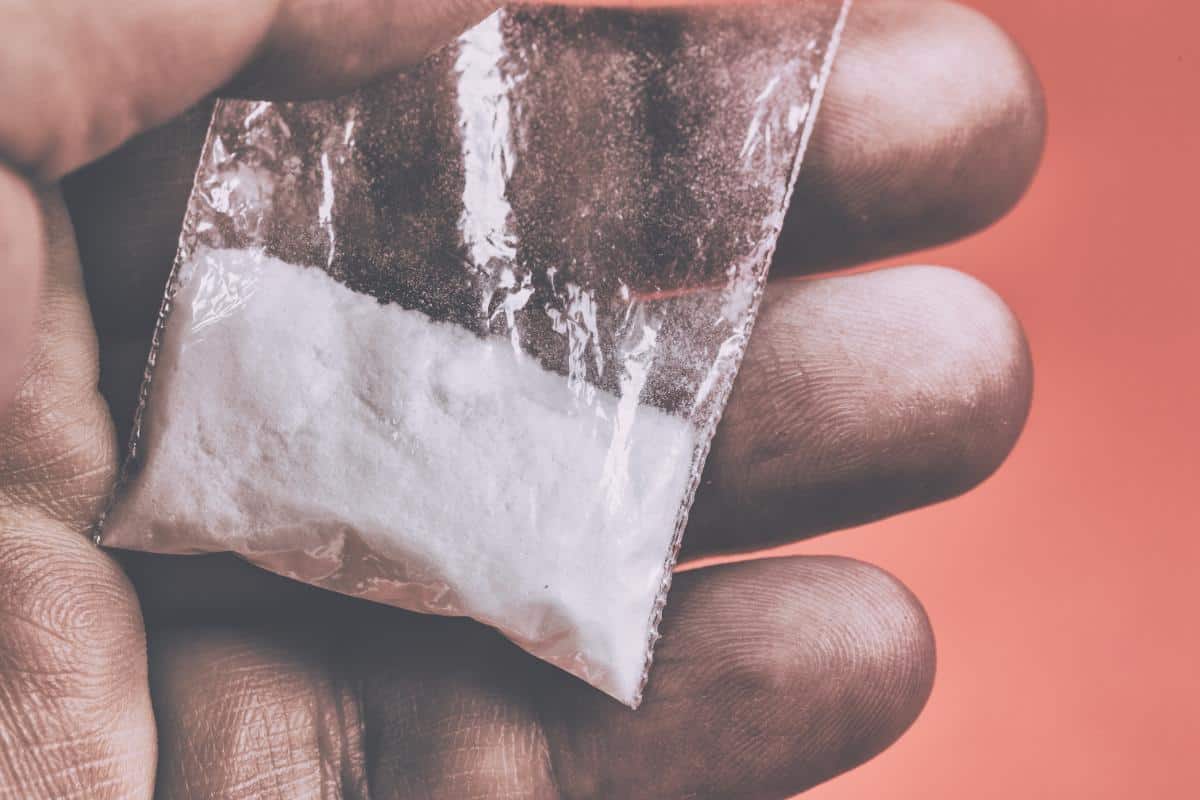Cocaine is a stimulant drug. Too much of it can cause rapid heartbeats and breathing. It can cause toxicity that leads to overdose within minutes. A cocaine overdose can happen at any point, even when you are not using a lot of the drug. In other words, there is no safe dose of cocaine to use to avoid this. As a result, if you are using the drug, seek out cocaine addiction treatment at United Recovery Project before you put yourself at risk with your next use.
When Does Cocaine Overdose Happen?
As a stimulant, cocaine causes the brain to function at a rapid rate. This puts the central nervous system into overdrive and can sometimes cause a person to have intense energy and focus. Yet, it also creates feelings of anxiety. How much can cause an overdose to occur?
It’s estimated that in an average mouse, a lethal dose is 95 milligrams per kilogram of the animal’s weight. If you translate that same level into a 150-pound adult, it would take 6.5 grams to be a lethal dose for humans. However, there are far more complex factors at work here, such as:
- How much of the drug you are taking on a regular basis
- If you have used the drug with another substance
- If the cocaine is, in fact, pure and the highest form (it’s often mixed, and that creates various complications to this)
- How long you’ve used the drug and any tolerance you’ve developed to it
- How long it’s been since your last use of the drug
More so, some people are simply less tolerant of the drug. That means that you could take much less than this and experience a lethal dose.
Cocaine Detox and Drug Overdose
Another key complication to consider is if you’ve gone through the detox process or you’re trying to ween yourself off the drug. If you’ve stopped using but are feeling the need to do so now, taking even a small amount can be toxic to you, even if it is a much smaller dose than what you used to take. That’s because your body is no longer used to the drug, and that’s going to make that initial dose far more impactful. In many cases, cocaine overdose happens because of this, leading to a fatality even when a person is struggling to stop using.
How Cocaine Addiction Treatment in Florida Helps
For those who are facing addiction, cocaine rehab is by far the best step to take. Here, you’ll be able to work through withdrawal and cravings in a formal detox program, one with medications to ease what you’re feeling. You’ll be medically monitored to ensure you’re safe, too. Most importantly, you’ll start working on the recovery process, which means you’ll start to feel stronger, healthier, and more in control of your future.
There’s no safe level of cocaine to use. Even if this is your very first time, it could be life-threatening. To avoid this, avoid using the drug. If you cannot do so on your own, allow our team at United Recovery Project to help you to stay on the path towards healing. We can do that with a wide range of treatment programs such as:
- Drug and alcohol detox
- Residential treatment program
- Partial hospitalization program
- Extended residential program
- Intensive outpatient program
Don’t Take a Chance – Get Help for Cocaine Addiction at United Recovery Project
Cocaine overdose can happen with the next dose you take. Avoid that by getting into a cocaine rehab in South Florida. Take the time now to call and get help. United Recovery Project offers a wide range of treatment options to support your recovery. All you have to do right now is to call us at 888-960-5121 or connect with our team online.



